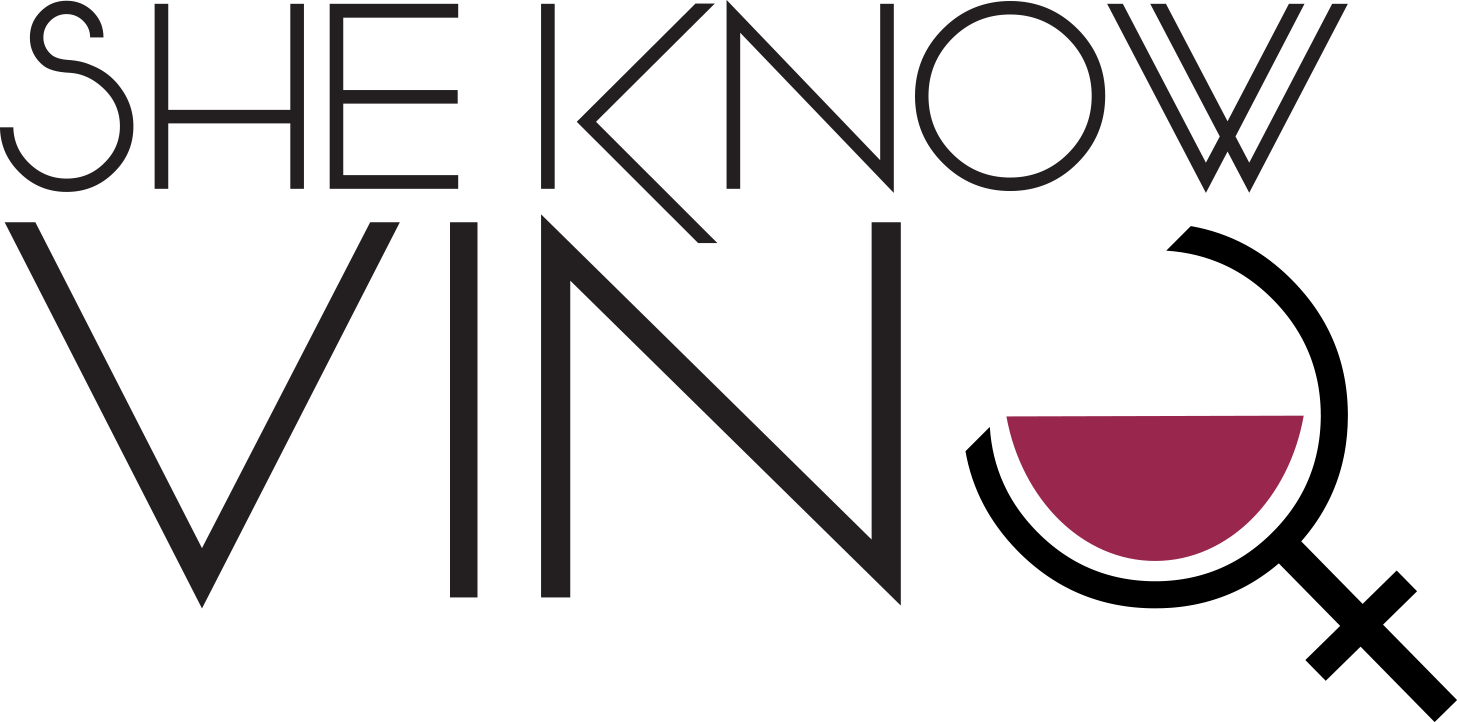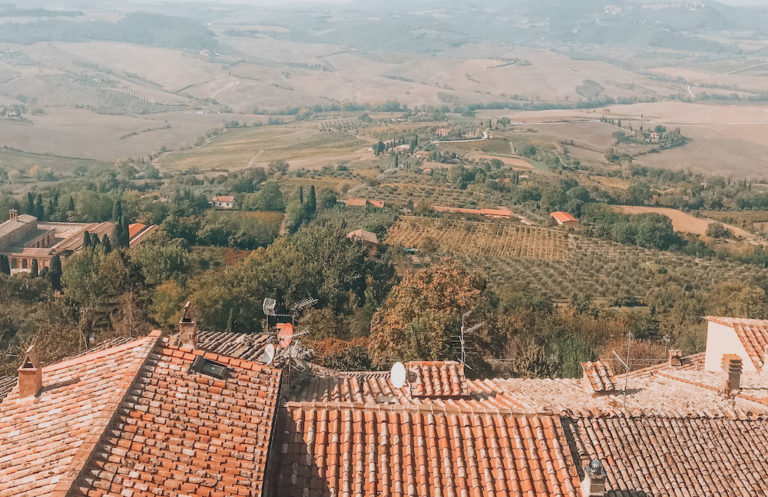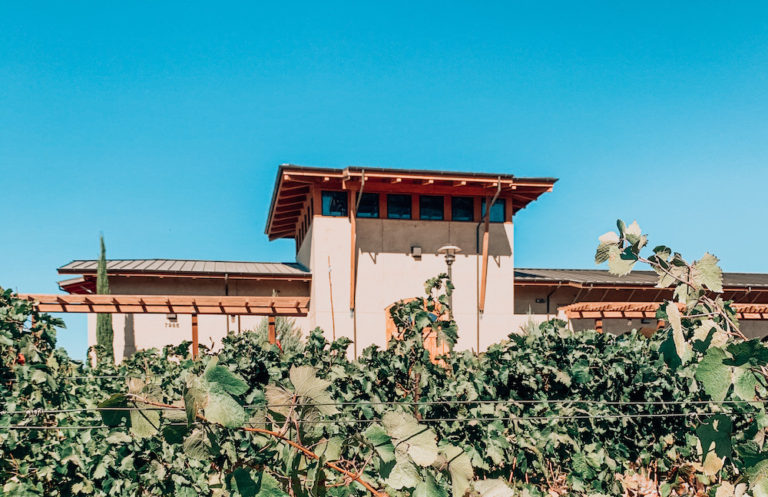About Napa Valley
Napa Valley is one of the most famous wine regions in the entire world. It starts with George Calvert Yount planting Napa Valley grapes in 1839. He was the first to do so and then other pioneers such as John Patchett and Hamilton Walker Crabb followed. John and Hamilton were the first people to introduce vitis vinifera grapes to the region.
It is said that the first commercial winery was founded by Charles Krug in 1861. The success of his winery is what sparked growth in Napa Valley and there were more than 140 wineries by 1889.
In the 20th century, Napa was devastated by the outbreak of the root louse, Phylloxera. More than 80% of Napa’s grapevines were affected by this destructive pest. Prohibition was also enacted in in 1920. Some wineries such as Beringer and Louis M. Martini were able to stay afloat during Prohibition by making sacramental wines.
The 1976 Judgment of Paris is what put Napa Valley on the map. In the Cabernet Sauvignon judging, Stag’s Leap Wine Cellars won first place. In the Chardonnay judging, Chateau Montelena won first place. From then on, Napa Valley continued to grow. It wasn’t until 1981 when Napa Valley became California’s first AVA.
Napa is known for its dry, Mediterranean climate. The southern end of Napa is cooled by breezes from the San Pablo Bay, while the northern end is a bit warmer. The Napa Valley floor is settled in between the Mayacamas Mountains on the west side and the Vaca Mountains on the east side. The soils are diverse in this region ranging from alluvial soils of clay, sand, and gravel to rocky, volcanic soils on the hillsides.
Napa Valley has 16 sub-regions: Atlas Peak, Calistoga, Chiles Valley District, Coombsville, Diamond Mountain District, Howell Mountain, Los Carneros, Mount Veeder, Oak Knoll District, Oakville, Rutherford, Spring Mountain District, St. Helena, Stags Leap District, Wild Horse Valley, and Yountville.
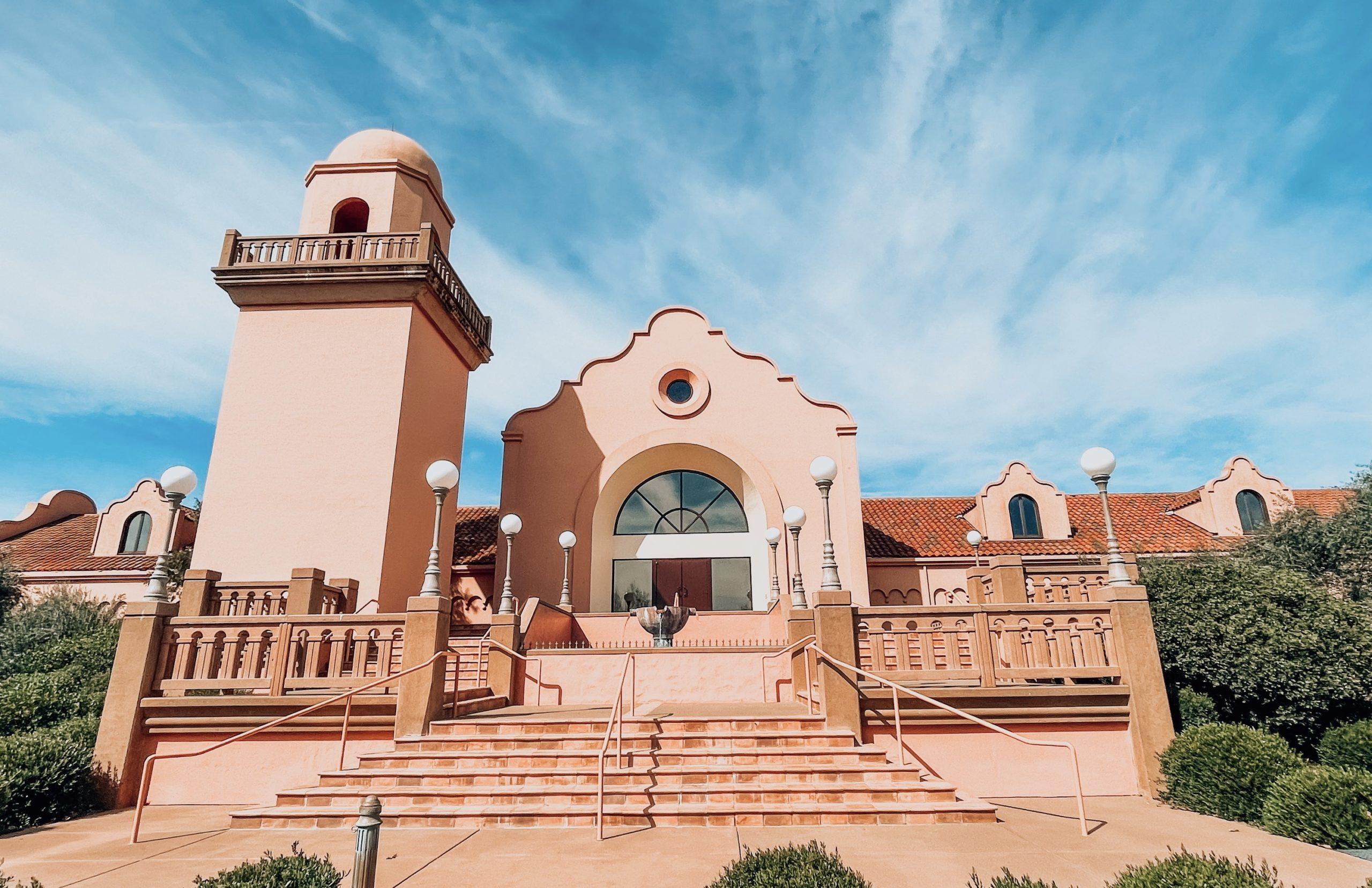
Wineries to Visit
Napa has hundreds of wineries to visit which is awesome, but it can be overwhelming when trying to plan a trip. Here are a few of my favorite wineries in Napa Valley that you should put on your itinerary.
Tank Garage Winery: This winery has cool, retro vibes and they are making some awesome wines out of interesting grape varieties. Not to mention the staff are nice too.
Heitz Cellar: I actually had an interview here and the winemaking team is so cool. Heitz Cellar is also producing some outstanding wines.
Stags’ Leap Winery: Not to be confused with Stag’s Leap Wine Cellars. Stags’ Leap Winery is a property you must visit in Napa. The views are incredible and they produce more than just Cabernet Sauvignon and Chardonnay.
V. Sattui Winery: V. Sattui is such an amazing place to go. They produce tons of different wines, which is great for tastings, but you can also grab a bite to eat at their market and sit outside to enjoy the beautiful weather Napa has to offer.
Chateau Montelena: Again, historical winery. It also helps that the property is absolutely GORGEOUS and the wine is spectacular. Do with that information what you will…
Honig Vineyard & Winery: Honig is a beautiful property and they’re one of the few wineries in Napa with relatively affordable tastings. It’s $40/person instead of the regular $60-$120/person which is ridiculous. And once again, the wines are *chef’s kiss*.
Groth Vineyards & Winery: I also had to add Groth on here not just because they offered me a job, but wow that winery is STUNNING. They produce Chardonnay and Cabernet Sauvignon and their winemaking facilities are incredible. They’re taller than what I was expecting!
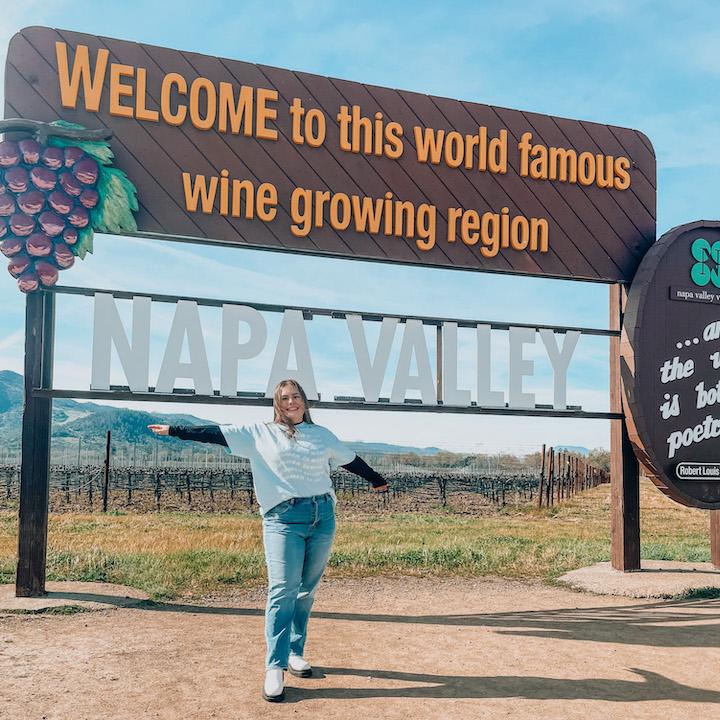
Wines to Look For
Cabernet Sauvignon: It’s one of the grape varieties Napa is known for and so obviously you have to try it when you’re there. It’s also considered a “cash cow” and so everyone in Napa is producing it. You’ll try Cabernet Sauvignon at every Napa winery you visit, so take notes to remember which AVA produces your favorite Cab.
Chardonnay: This is another variety that is famous in Napa. In my opinion, I think Napa producers tend to make Chardonnay overly oaky and buttery, but if buttery Chardonnay is your thing, you’re in luck!
“Miscellaneous” Varieties: Usually in these posts, I’ll put specific wines from different wineries to try, but Napa’s money makers are Chardonnay and Cabernet. If you see anything on the tasting list that is not one of these, usually it’s small batch or it’s a project that the winemaker is passionate about. If you see one of these producers making something like Petit Verdot (or literally anything else), I can almost guarantee you that the winemaker is going to be super excited to talk about that instead of the five Cabernets they make.
You’ll be able to find Napa wines in any liquor store, grocery store, wine shop, Target, etc. across the country, but nothing beats visiting Napa and absorbing its beauty.

